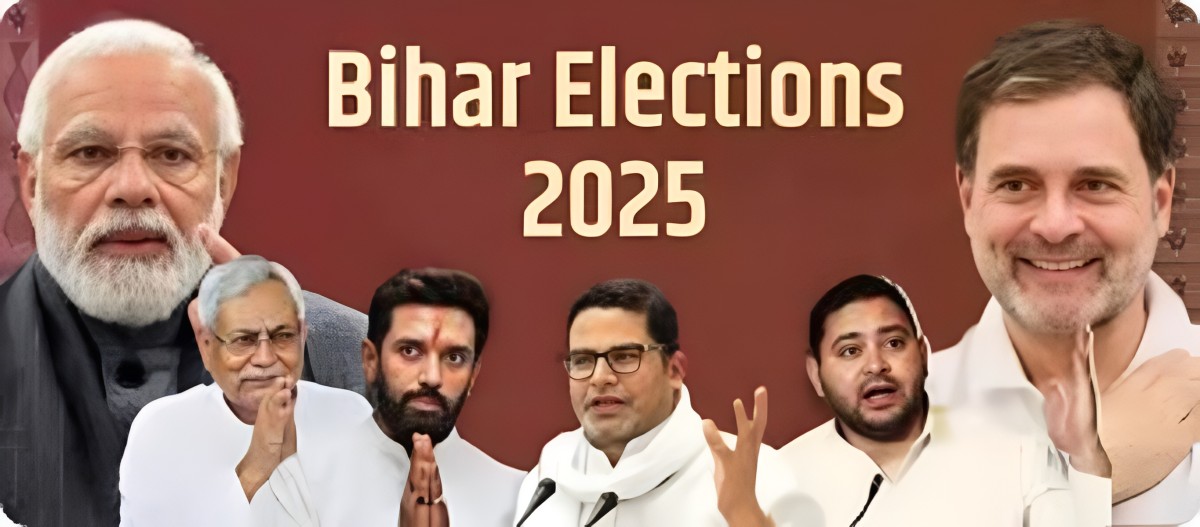The National Flag of India was adopted in its present form during the meeting of the Constituent Assembly held on 22 July 1947, when it became the official flag of the Dominion of India.
Unofficial flag of India in 1906
The first national flag in India is said to have been hoisted on August 7, 1906, in the Parsee Bagan Square (Green Park) in Calcutta now Kolkata. The flag was composed of three horizontal red, yellow, and green strips.

Berlin committee flag, 1907
Bhikaiji Cama first raised the Berlin committee flag in 1907. The second unofficial flag of India was hoisted in Paris by Madame Cama and her band of exiled revolutionaries in 1907. This was very similar to the first flag except that the top strip had only one lotus but seven stars denoting the Saptarishi.

Flag used during the Home Rule movement in 1917
The third flag went up in 1917 when our political struggle had taken a definite turn. Dr. Annie Besant and Lokmanya Tilak hoisted it during the Home rule movement. This flag had five red and four green horizontal strips arranged alternately, with seven stars in the saptarishi configuration super-imposed on them.
In the left-hand top corner (the pole end) was the Union Jack. There was also a white crescent and star in one corner.

Flag unofficially adopted in 1921
During the session of the All India Congress Committee which met at Bezwada in 1921 (now Vijayawada) an Andhra youth prepared a flag and took it to Gandhiji. It was made up of two colors-red and green-representing the two major communities i.e. Hindus and Muslims. Gandhiji suggested the addition of a white strip to represent the remaining communities of India and the spinning wheel to symbolize the progress of the Nation.

Flag adopted in 1931
This flag was also the battle ensign of the Indian National Army. The year 1931 was a landmark in the history of the flag. A resolution was passed adopting a tricolor flag as our national flag. This flag, the forbear of the present one, was saffron, white, and green with Mahatma Gandhi’s spinning wheel at the center. It was, however, clearly stated that it bore no communal significance and was to be interpreted thus.
The present tricolor flag of India
On July 22, 1947, the Constituent Assembly adopted it as Free India National Flag. After the advent of Independence, the colors and their significance remained the same. The design of the flag of India that was first presented in 1921 to Mahatma Gandhi, leader of the All-India Congress, was created by Pingali (or Pinglay) Venkayya.
The top band of Saffron color indicated the strength and courage of the country. The white middle band told peace and truth with Dharma Chakra. The last band is green in color showing the fertility, growth, and auspiciousness of the land. However, the Dharma Charkha of Emperor Asoka was adopted in place of the spinning wheel as the emblem on the flag.
It depicted the “wheel of the law” in the Sarnath Lion Capital made by the 3rd-century BC Mauryan Emperor Ashoka. The chakra intends to show that there is life in movement and death in stagnation.
Thus, the tricolor flag of the Congress Party eventually became the tricolor flag of Independent India.











